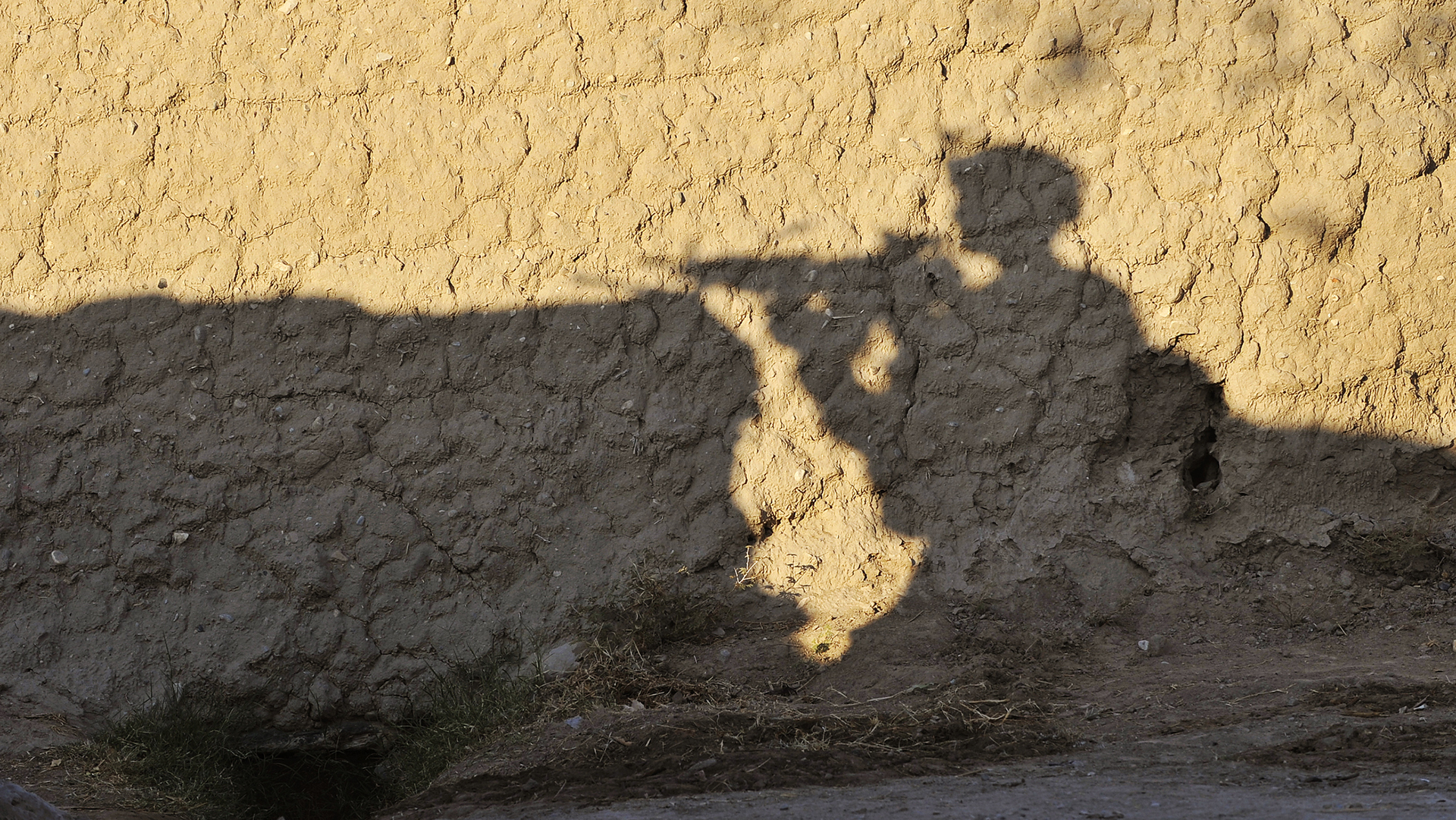

It’s becoming increasingly clear that the agreement struck by the United States and the Taliban last year to withdraw all U.S. troops from Afghanistan by May 1 is more like an open marriage than a monogamous relationship.
The United States agreed on Feb. 29 that it would end its nearly 20-year military presence in Afghanistan if the Taliban met certain conditions. But here is where things start to get murky.
Defense officials have insisted that the Taliban agreed to reduce the level of violence in Afghanistan, despite there being nothing in the Feb. 29 agreement mentioning anything to that effect. Former Defense Secretary Mark Esper suggested last year that the Taliban made the pledge to reduce violence in “implementing arrangements that are not available to the public.” (Unlike most Americans, the Taliban are allowed to read the agreement’s classified annexes.)
Whatever is in those annexes, defense officials have insisted that the Taliban has not lived up to their end of the agreement, which allegedly requires them to break with Al Qaeda, the Islamic State terrorist group, and other evildoers.
This too may be a stretch of the agreement itself, in which the Taliban pledged to make sure their members did not “threaten the security of the United States and its allies.”
After President Joe Biden assumed office in January, his administration vowed to examine the withdrawal agreement to see if the Taliban were living up to their end of the bargain.
In practical terms, that means the whole raison d’etre of the agreement – namely the troop withdrawal – is up for negotiation.
Secretary of State Antony Blinken sounded like an angry parent telling his kids that he’s going to turn this car right around and go home when he threatened to actually go through with the withdrawal in a letter to Afghan President Ashraf Ghani that was leaked to the media.
“We are considering the full withdrawal of our forces by May 1st as we consider other options,” Blinken wrote in the letter, which was first reported on by Tolo News. “Even with the continuation of financial assistance from the United States to your forces after an American military withdrawal, I am concerned the security situation will worsen and that the Taliban could make rapid territorial gains.”
But the key word here is “considering,” as Blinken mentioned in the same letter that the U.S. government has a proposal for a 90-day reduction in violence “which is intended to prevent a Spring Offensive by the Taliban.”
It is not clear how a 90-day reduction in violence would comply with the U.S. government’s existing agreement with the Taliban, which requires all U.S. troops to leave the country in about 50 days.
When asked if the proposed 90-day timeframe indicates that U.S. troops will stay in Afghanistan beyond May 1, Pentagon spokesman John Kirby deferred questions to the State Department.
“I can only say, again, the review is ongoing and that no decisions about future force posture in Afghanistan have been made,” Kirby said on Monday.
Moreover, Pentagon spokesman Army Maj. Rob Lodewick showed just how toothless the May 1 deadline is in response to a question from Task & Purpose about whether proposed reduction in violence would delay the pending troop withdrawal from Afghanistan.
“Your assertion that ‘the departure date will likely be delayed’ should an RIV [reduction in violence] come to fruition is both hypothetical and implies that a decision TO depart has been made,” Lodewick said in an email. “It has not.”
In other words, the Biden administration hasn’t decided yet if the U.S. military is leaving Afghanistan.
Featured image: The shadow of a U.S. Soldier falls upon a during a combat reconnaissance patrol in Mahamad Musa Kalay, Afghanistan, Dec. 4, 2009. (U.S. Air Force photo by Staff Sgt. Dayton Mitchell.)
